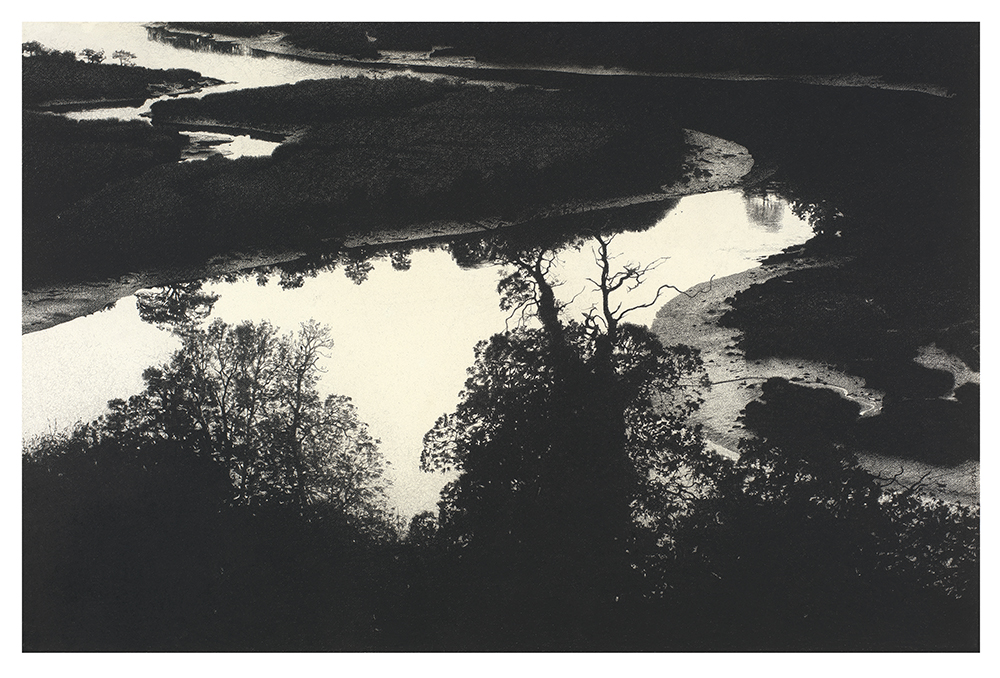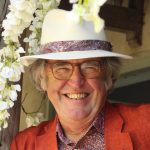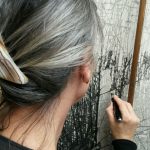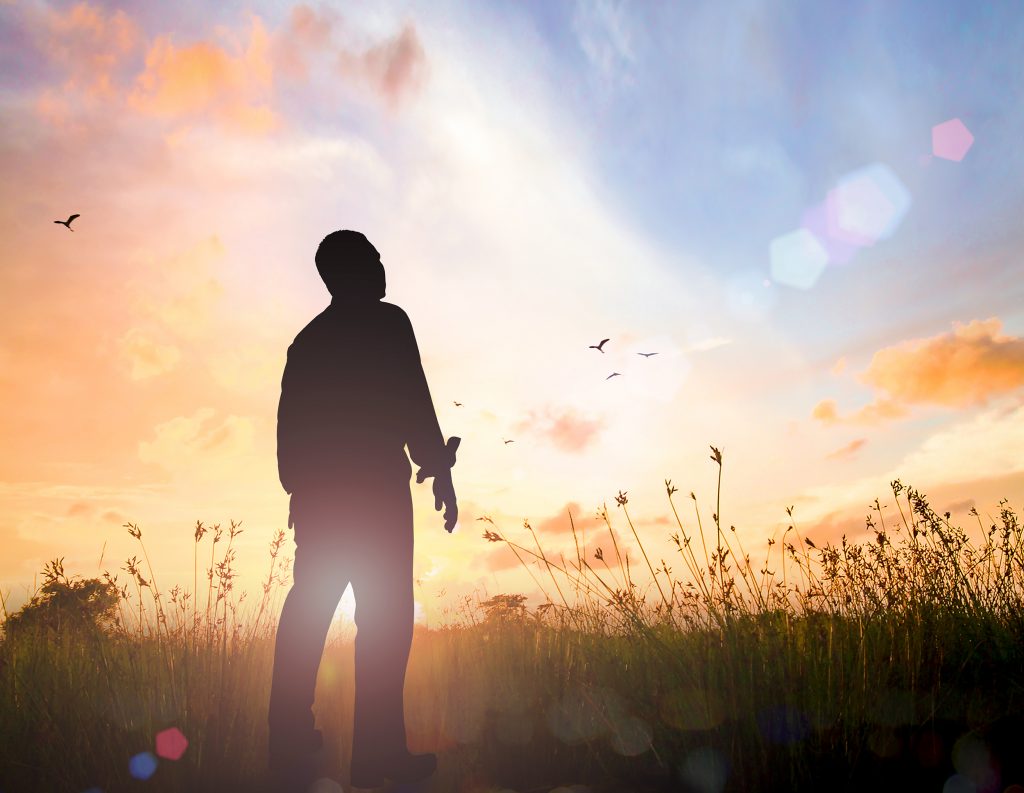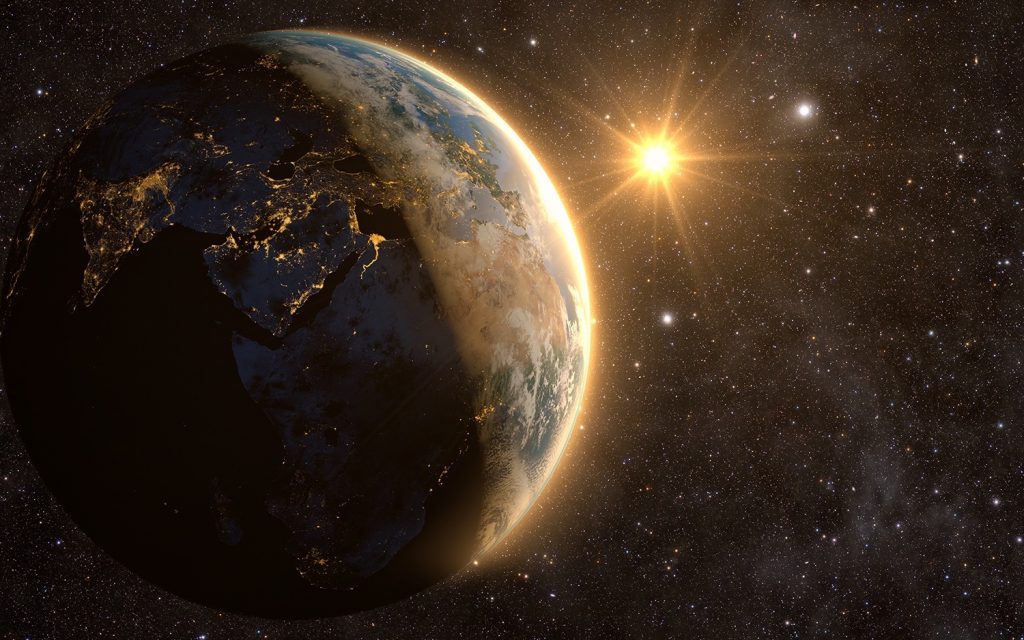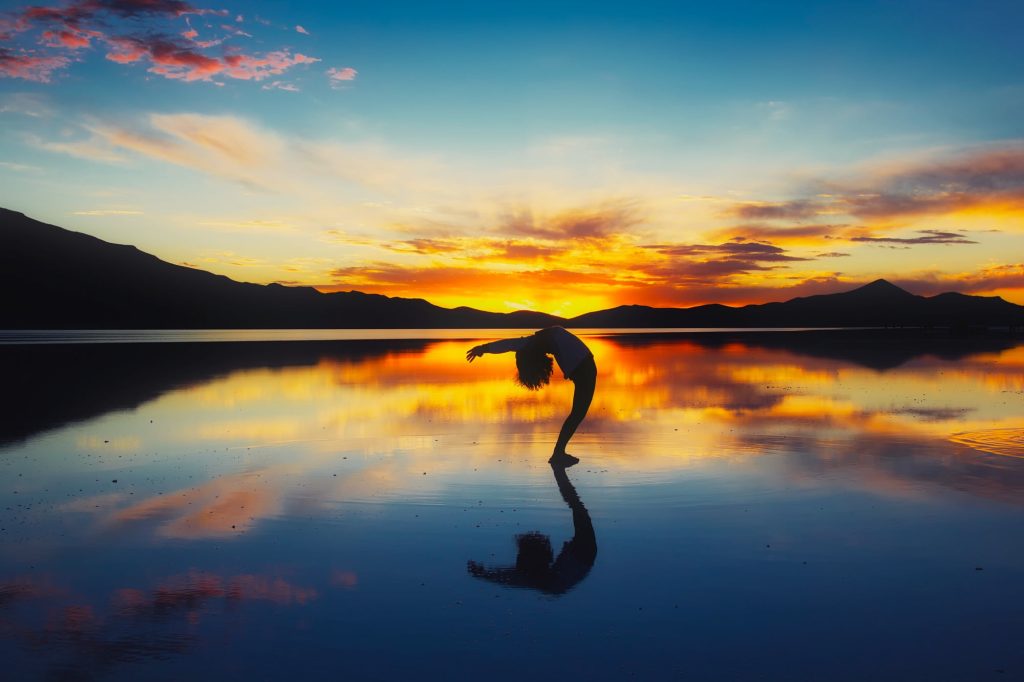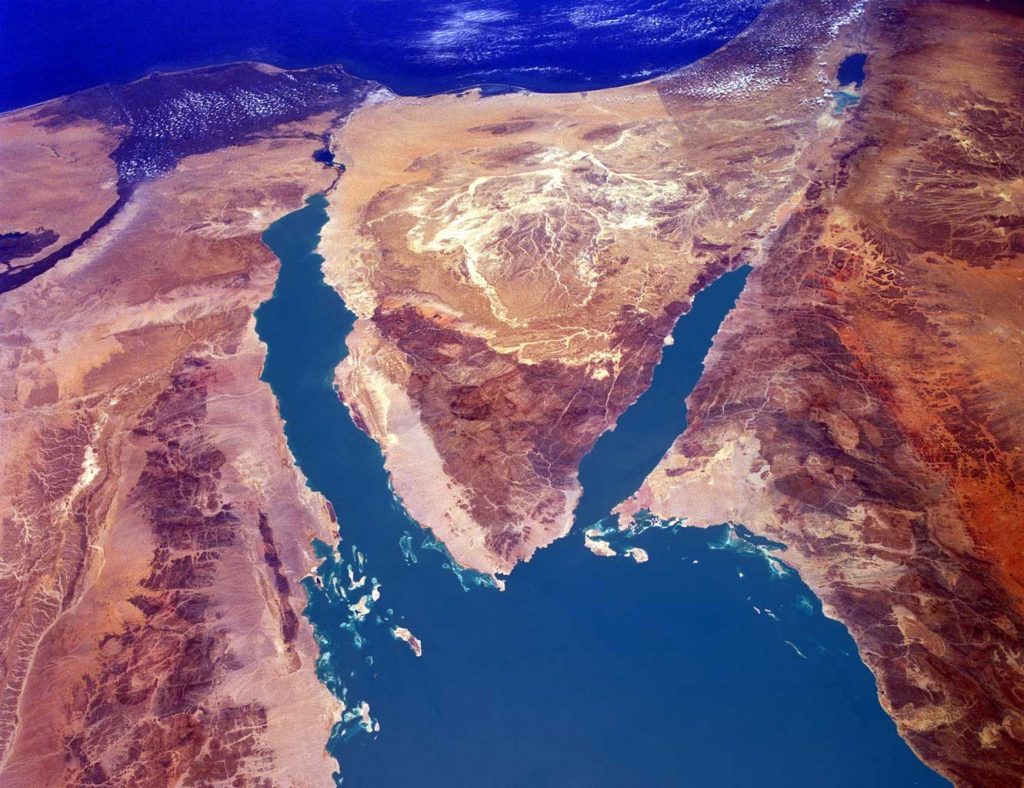Art in a Time of Catastrophe
Featured image | Sketchbook drawing, Sarah Gillespie
“What can poetry say in a time of catastrophe?” asks the Palestinian poet Mahmoud Darwish, referring to the catastrophe of Palestinian exile, the Nakba. His question inspires us to ask the same question about the place of creative art at this time of ecological catastrophe: climate change, the destruction of ecosystems, the sixth extinction of non-human species.
We borrow Darwish’s word ‘catastrophe’ with care. We might have used ‘crisis,’ but a crisis is a turning point, often used to refer to that point in illness when the patient may recover or not. There cannot, however, be a simple ‘recovery’ of planetary health; the changes that have been wrought to Earth’s systems are too extensive. A catastrophe, in contrast, is an overturning, a reversal. Whatever we do, the oil has been burned, the carbon is in the atmosphere, the living world is impoverished. We are at the end of the civilization as we have known it; things are not going to stop falling apart. Human—Western—culture is overwhelming the great forces of nature and, in turn, nature will overwhelm culture.
At such a time, are the arts irrelevant, a luxury? To the contrary, they have an essential place both in grieving for what is lost and in imagining new human possibilities. Facts and figures don’t influence people directly—all science has told us about climate change has had little impact. It is the stories we tell ourselves, the metaphors we draw on, that create our world. The mess we are in reflects the stories that have dominated Western culture: stories of human supremacy, stories that separate humans from Nature, that emphasize economic growth at the expense of human and ecological wellbeing. Stories that we ‘rational’ creatures no longer need stories. Whoever can change these pervasive narratives can change our core beliefs—for better or for worse. Visual art, prose, poetry, music, drama can all help provide space and imagination for new stories to emerge and artful means to express them.
And yet, we don’t know what new stories we might tell. We modern humans do not know how to respond to the catastrophe of our times. The old stories have lost their power; there is a shared, yet scarcely articulated, sense of profound unease. As Leonard Cohen puts it, “The blizzard, the blizzard of the world | Has crossed the threshold | And it has overturned | The order of the soul.”
Then, there is art as beauty. Beauty can rip the fabric of the taken-for-granted world, create an opening to a different experience. And art may also offer us a place of beauty that can sustain us through darkness, even make beauty out of that darkness. This is what the poet John Keats was pointing to when he celebrated ‘negative capability’: “being in uncertainties, Mysteries and doubts, without any irritable reaching for fact & reason.”
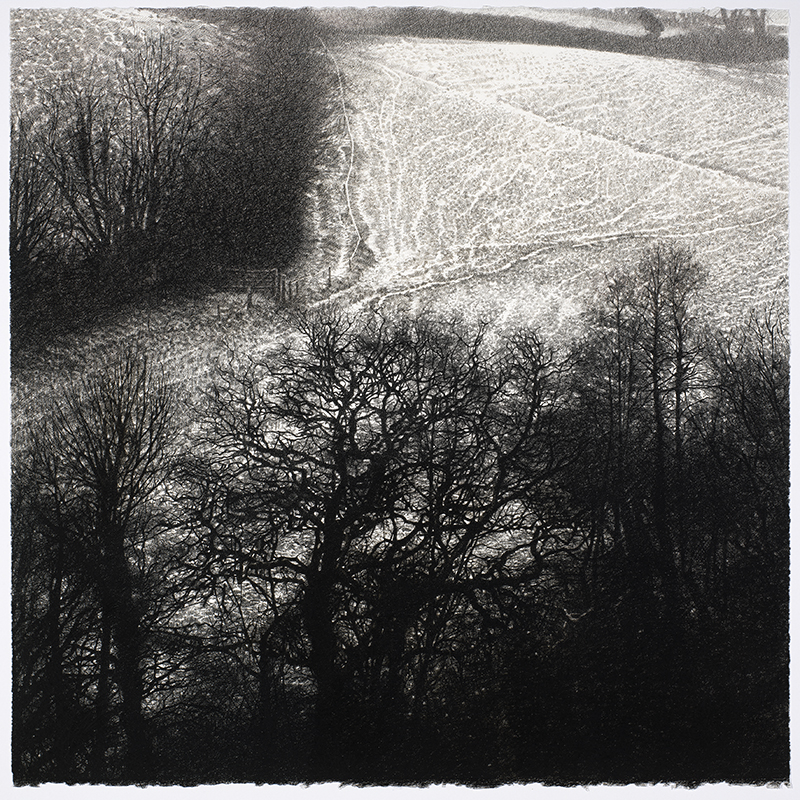
In our own art and writing, we seek to experience and communicate a particular story—a story which restores a sense of the living presence of Earth and ourselves as a part. How do we learn to listen, to hear the voices of the river and the trees once again? How do we move away from the conceit that humans are special, separate, and learn to take our place within the community of life? And as we learn how to do this for ourselves, how do we draw on our creative practices to communicate this possibility to our fellow humans?
Sarah describes working outside with a sketchbook: “After a period of settling, several hours into the drawing, I find myself becoming absent. In quieting myself, something shifts. Now less full of my ‘self,’ I sit still, looking, breathing, drawing. On a really good day, the presence of the tree, or the nest, or the light on the water, whatever it is I am making a study of, comes up and towards me. There’s nothing metaphysical or theoretical about this; it is a physical feeling of empathy, of absolute sameness. I find this an enormous relief. It is my way in. Having some sense that we are not separate, that is our biggest hope.”
Peter’s writing practice is similar. “I sit for long periods in my orchard. I listen to the wind high in the trees, watch the way it spins eddies across the meadow grass, follow the local jackdaws as they flock noisily across the sky. Sometimes, I am captured by something so simple that it draws me in—a dewdrop on a twig one misty morning, the pattern of light and shadow cast on the wall, the profound silence that appears to lie behind all sounds. Watching, listening, scribbling notes: if I am patient, I may find that my sense of self has become diffuse and uncertain, with no clear boundaries between in here and out there.”
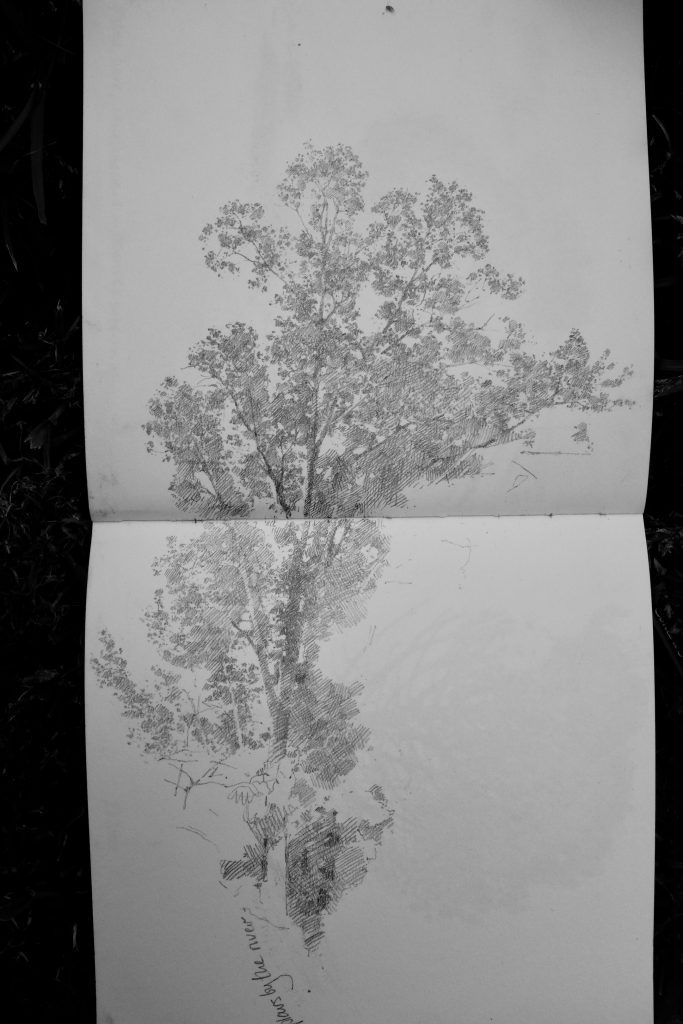
Working in a studio is different, says Sarah. “I am inside, with doors, with learned skills and familiar materials. I can’t just put my sketchbooks out in the world and hope that they will do the same for others as they did for me sitting there. Work in the studio is the art of transformation: to make something with all the skill and years and hours that I have mustered to speak about non-separateness.” Peter adds, “Notes made outside, maybe written in the dark or on a notebook soaked in salt water, must be crafted into a narrative the speaks to a reader.”
So why, Sarah asks herself, do this in such an inefficient way, taking hours and days to make drawings, one tiny mark at a time? Surely the story could be better told with a video blog, and Instagram account. “But the materiality and the slowness of the work is more appropriate. I make gesso with bone ash and use rabbit skin size; draw with silver or burned wood; engrave on copper. I don’t use acrylics to paint or plastic to engrave. Partly because they just mean more plastic that gets washed down the drain. But, more importantly, these natural materials speak to me deeply and handling them everyday has an effect on me. It is a practice of preparation, like the Zen discipline of giving full attention to sweeping the floor.”
Peter’s process is equally slow: “I set out on two long ecological pilgrimages sailing around the western coasts of the British Isles, travelling at walking pace across the sea. Long, slow travel takes me out of the taken-for-granted structures and habits of everyday life: work, family, relationships, play, news, entertainment, all of which shape the story I play in my head and draw me into a conformity conducive to modern life. It is not easy to move across the boundaries between worlds when locked in everyday familiarity: the practical challenges of pilgrimage spin the human heart and mind into new realizations.”
So, what place art in a time of catastrophe? For us both, it is about making openings, like putting your fingers into a knot and teasing it apart, making enough space so others might share with us this precious and tenuous truth that we sometimes glimpse: that we are not separate. For if we know we are not separate, we are, perhaps, less willing to harm.
We see these as practices of humility, learning slowly—so very slowly—to take our proper place on Earth. And to offer glimpses of this to others.
This original essay can be found at the author’s blog, On Presence: Essays | Drawings available from the authors.


